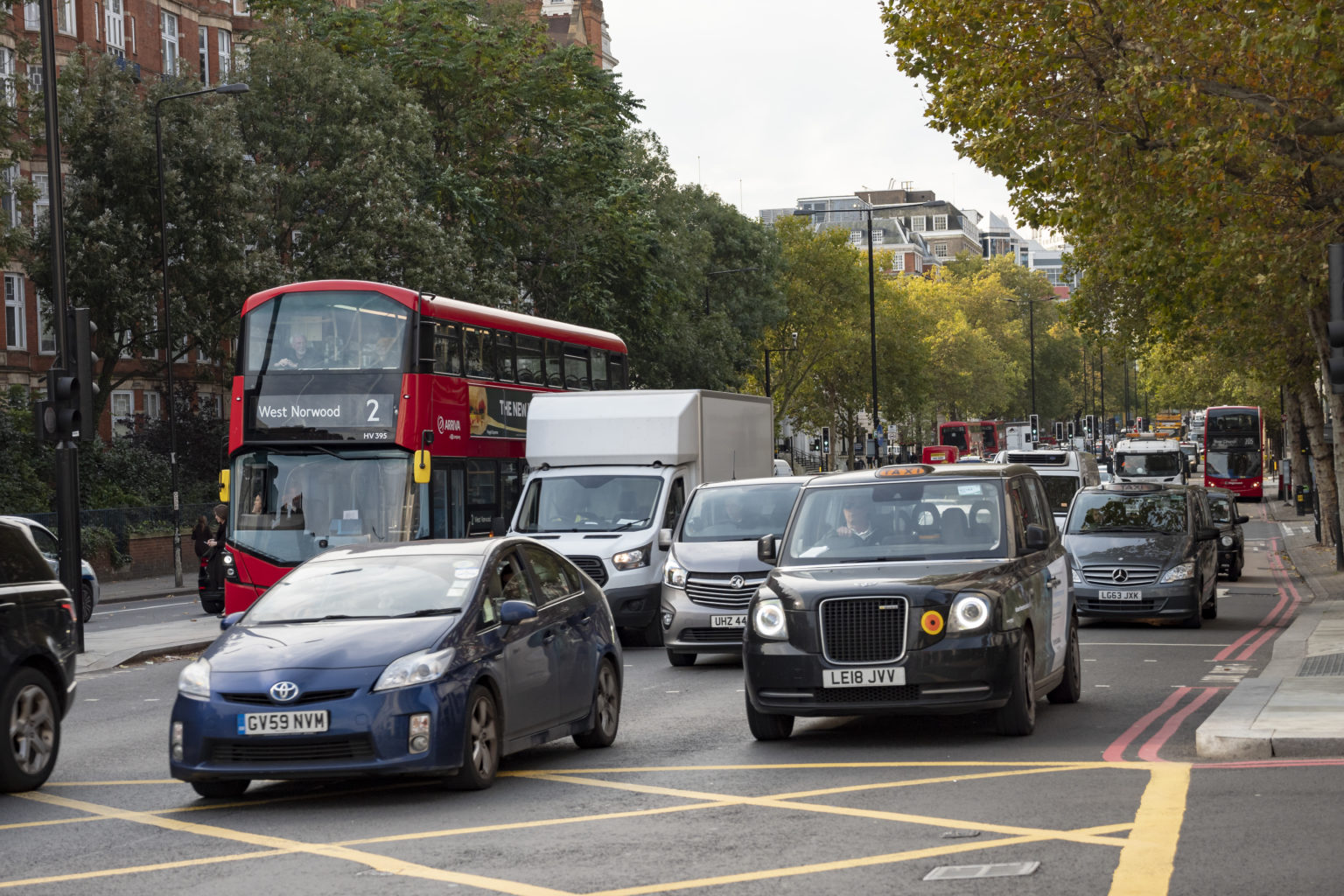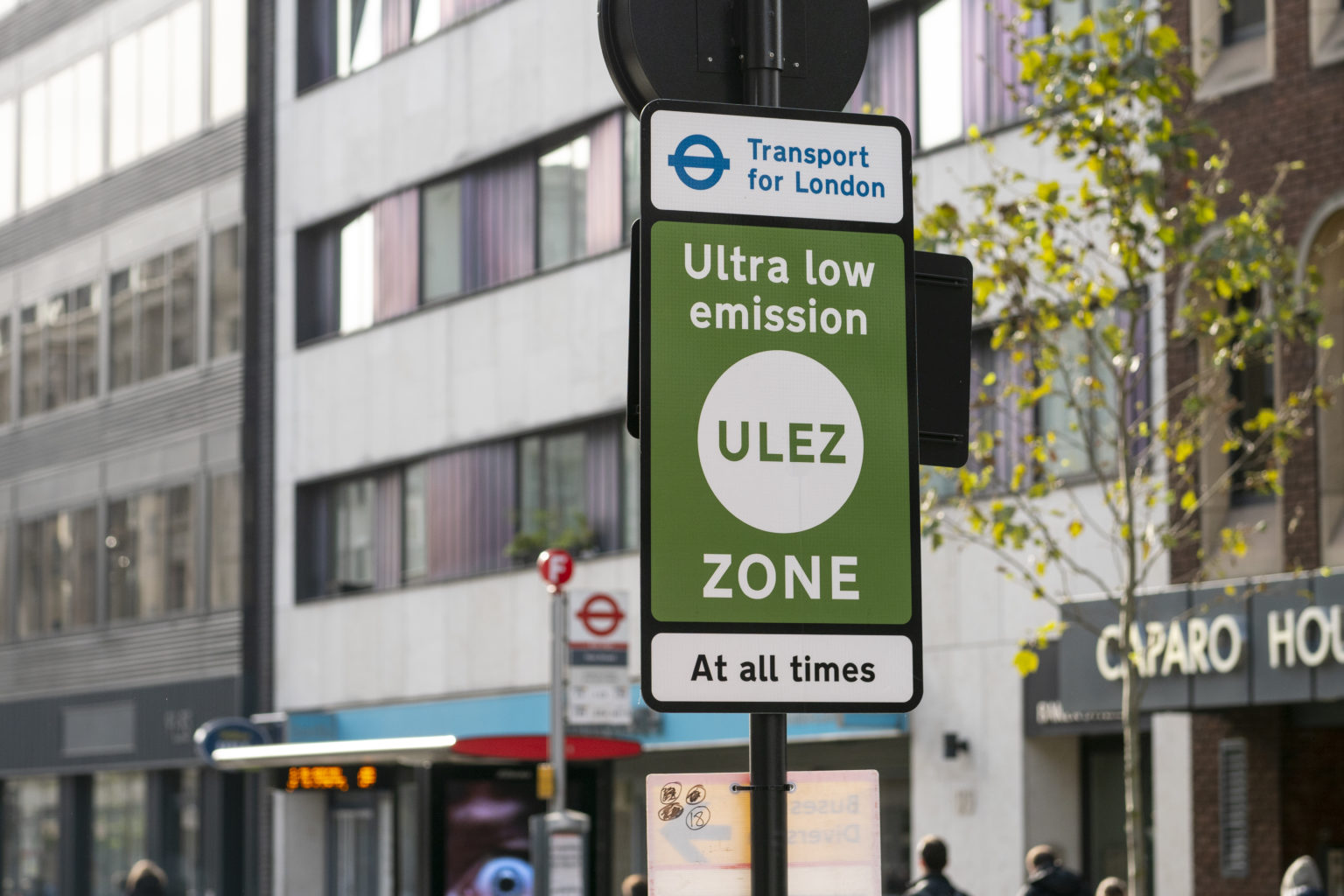Euro Emission Standards
All vehicles on European roads must have a Euro emissions rating, designed to simulate the levels of harmful emissions produced in certain driving conditions.
What are the Euro Emission Standards?
All vehicles on European roads must have a Euro emissions rating which reports the results of tests carried out by vehicle makers to simulate the levels of harmful emissions produced in certain driving conditions.
First introduced in 1992, the Euro emissions standards are designed to introduce more strict levels as time goes on. The aim is to improve air quality by reducing air pollution by introducing more severe standards.
Petrol and diesel cars and vans need to meet a different set of criteria for each Euro standard.
Unfortunately, because they are laboratory tests, they do not necessarily indicate the actual emissions produced during on-road driving in towns and cities, which can be much higher than the Euro ratings.
What are the different Euro Emission Standards for cars?
Euro 1
Cars registered from 1 January 1993.
Euro 1 was the first Europe-wide emission standard for diesel and petrol cars but did not include a separate measurement requirement for NOx.
Euro 2
Cars registered from 1 January 1997
Euro 2 reduced limits for some measures for both petrol and diesel engines but did not include a separate measurement requirement for NOx.
Euro 3
Cars registered from 1 January 2001.
Euro 3 introduced a separate NOx emissions limit for diesel (500 mg/km) and petrol (150 mg/km) engines.
Euro 4
Cars registered from 1 January 2006
Euro 4 halved the acceptable limit of carbon monoxide for petrol engines as well as reducing the NOx limits for diesels to 250 mg/km and 80 mg/km for petrol. and particulate matter limits for diesels.
Euro 5
Cars registered from 1 January 2011
Euro 5 limits for NOx reduced for diesel to 180 mg/km and for petrol to 60 mg/km. A requirement for diesels to have particulate filters (DPFs) was introduced.
Euro 6
Cars registered from 1 September 2015 – but cars sold before September 2016 may still have a Euro 5 engine rating. Check with your manufacturer.
Euro 6 introduced lower acceptable levels of NOx emissions for diesel cars to 80 mg/km and for petrol to 60 mg/km.
What are the different Euro Emission Standards for vans?
The standards vary slightly within the van categories (known as ‘classes’), they are differentiated by the weight of the van, and shown below Class I (<1305 kg), Class II (1305 < 1760 kg) and Class III (max 3500 kg). In general, standards for vans typically apply later than for cars, more than one year in some cases.
Euro 1
Vans registered from 1 October 1994.
Euro 1 was the first Europe-wide emission standard for diesel and petrol vans but did not include a separate measurement requirement for NOx at any vehicle weight (Class I, II or III).
Euro 2
Vans registered from 1 October 1997
Euro 2 reduced limits for some measures for both petrol and diesel engines but did not include a separate measurement requirement for NOx at any vehicle weight (Class I, II or III).
Euro 3
Vans registered from 1 January 2001.
Euro 3 introduced a separate NOx emissions limit for Class I diesel (500 mg/km) and petrol (150 mg/km) engines. Class II diesel (650 mg/km) and petrol (180 mg/km) engines and Class III diesel (780 mg/km) and petrol (210 mg/km).
Euro 4
Vans registered from 1 January 2006
Euro 4 reduced the NOx limits for diesels across all classes Class I diesel (250 mg/km) and petrol (80 mg/km) engines. Class II diesel (330 mg/km) and petrol (100 mg/km) engines and Class III diesel (390 mg/km) and petrol (110 mg/km).
Euro 5
Vans registered from 1 January 2011
Euro 5 reduced the NOx limits for diesels across all classes Class I diesel (180 mg/km) and petrol (60 mg/km) engines. Class II diesel (235 mg/km) and petrol (75 mg/km) engines and Class III diesel (280 mg/km) and petrol (82 mg/km).
Euro 6
Vans registered from 1 September 2015.
Euro 6 reduced the NOx limits for diesels across all classes Class I diesel (80 mg/km) and petrol (60 mg/km) engines. Class II diesel (105 mg/km) and petrol (75 mg/km) engines and Class III diesel (125 mg/km) and petrol (82 mg/km).
What are the limitations of Euro Emission Standards?
Unfortunately, because they are laboratory tests, Euro emissions standards do not indicate the actual emissions produced during on-road driving in towns and cities, which can be much higher than the Euro ratings.
Independent emissions testing has revealed that up to half of Euro 6 diesel cars and vans produce much higher levels of NOx from the tailpipe during city driving than during standard homologation laboratory tests. As a result, cities such as London who have introduced Euro standards-based policies are allowing over-emitting vehicles in, minimising any positive effect on air quality.
Euro Emission Standards for ULEZ (Ultra Low Emissions Zone)
The existing ULEZ policy in London is based on Euro emissions standards (minimum Euro 6 for diesel and Euro 4 for petrol) for penalty-free access.
With independent emissions tests finding that up to half of Euro 6 diesel cars produce much higher levels of NOx during city driving than during laboratory tests, the current ULEZ policy is inadvertently allowing in over-emitting vehicles which are contributing to the problem of poor air quality.
Euro Emissions Standards Alternatives
AIR proposes that ULEZ policy makers in London and other cities developing their own solutions should use the independent AIR Index emissions rating for vehicles, in conjunction with Euro standards to provide the most effective reduction of harmful vehicle emissions.
If the AIR Index was used as the basis for access, this would increase the effectiveness of the ULEZ and clean up London’s air more effectively.


